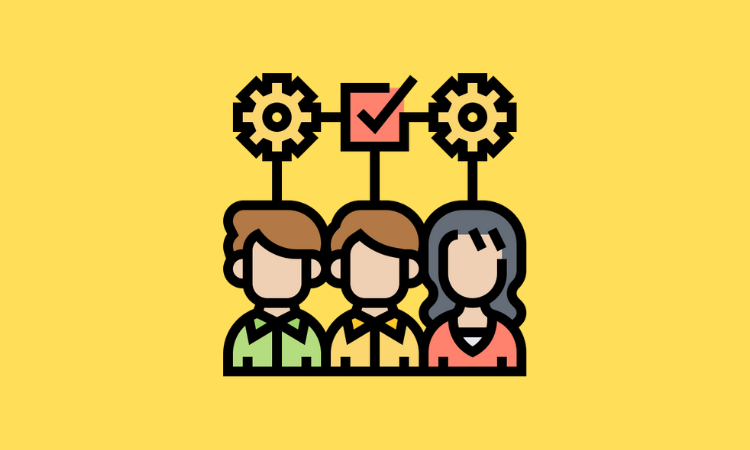Member Exclusive
Outlier Briefing: Best practices in digital onboarding with Ted Brown
- The move to digital banking has focused on customer acquisition.
- Today's guest explains why onboarding -- what happens after a new account opening -- is even more important.








